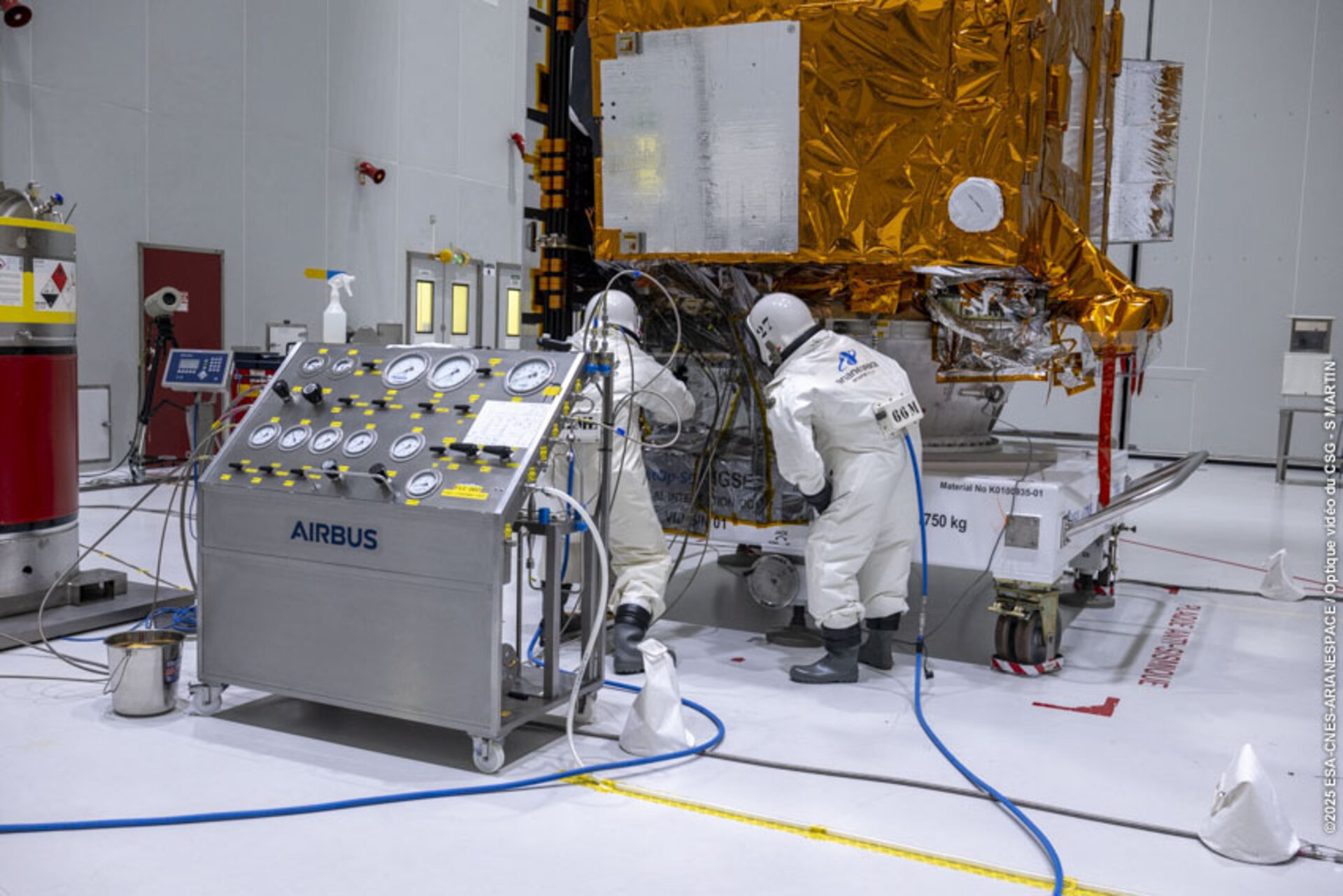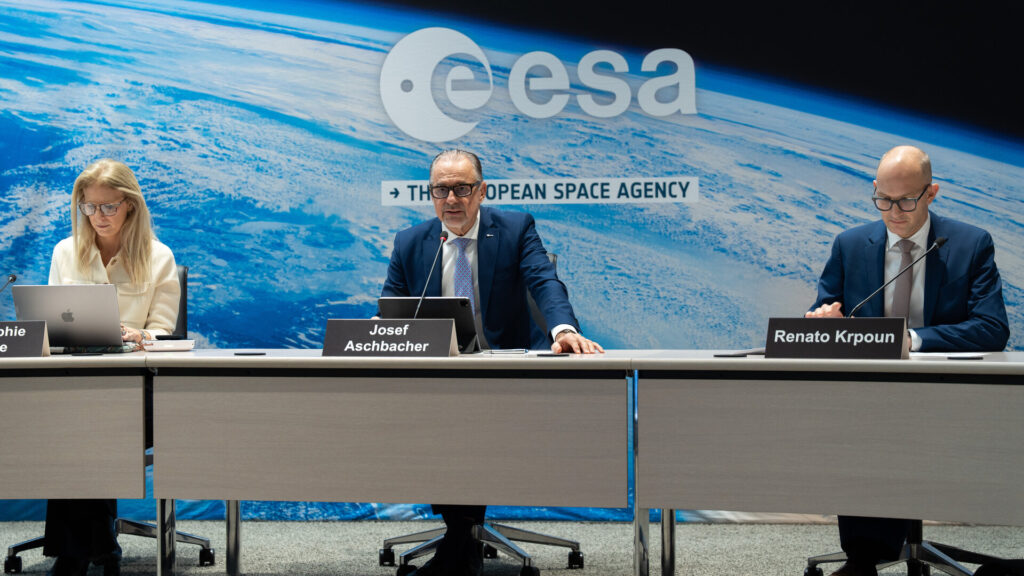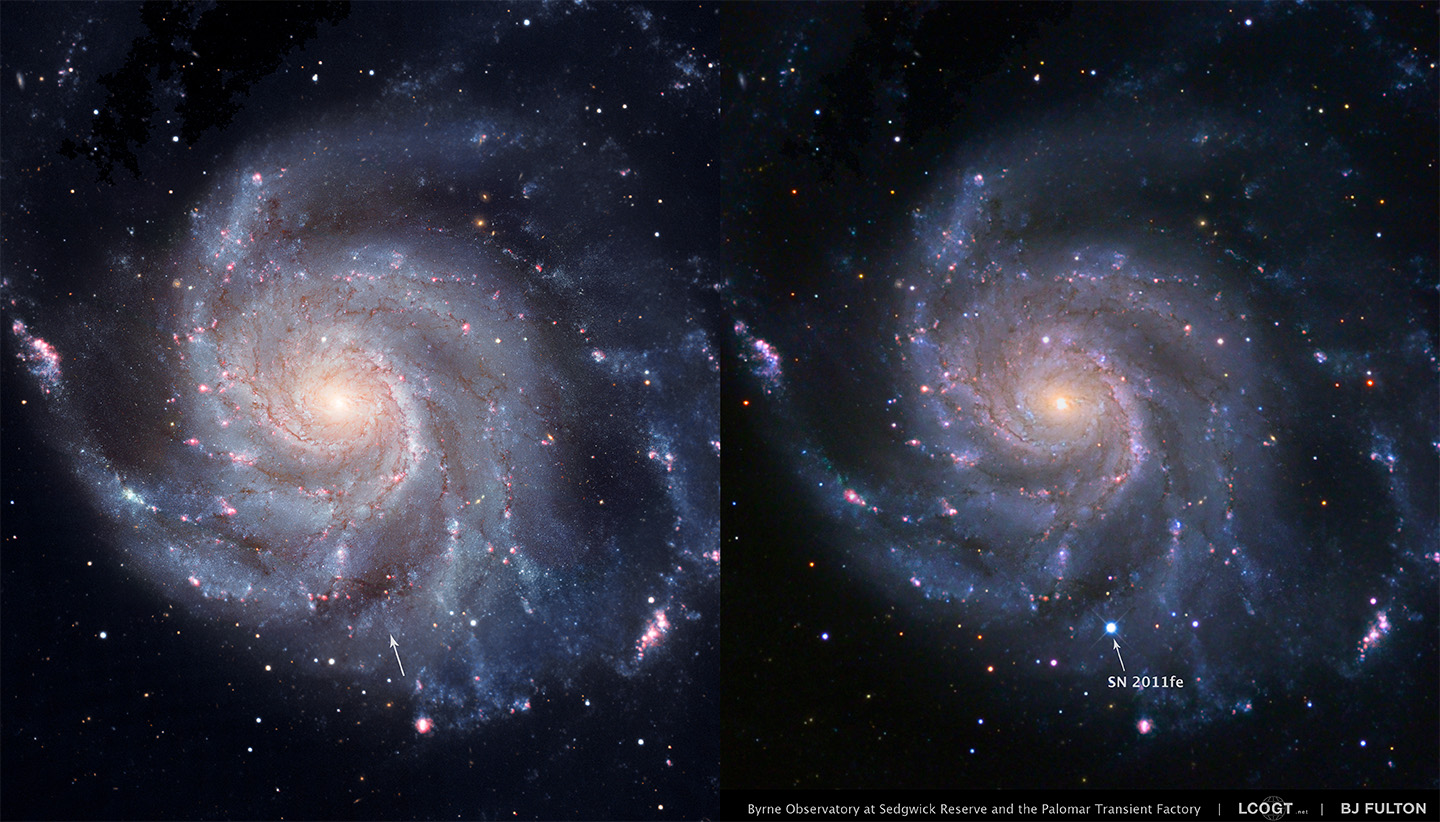Now Reading: First MetOp Second Generation satellite fuelled
-
01
First MetOp Second Generation satellite fuelled
First MetOp Second Generation satellite fuelled


24/07/2025
115 views
3 likes
The journey to launch is picking up pace for Europe’s MetOp Second Generation weather satellite – which hosts the Copernicus Sentinel-5 as part of its instrument package. Specialists at Europe’s Spaceport in Kourou have completed the critical and hazardous task of fuelling the satellite, marking a major milestone in its final preparations for liftoff.
Scheduled for launch in August aboard an Ariane 6 rocket, MetOp-SG-A1 is the first in a series of three successive pairs of satellites. It will be followed by its partner satellite, MetOp-SG-B1, next year.
The mission as a whole not only ensures the continued delivery of global observations from polar orbit for weather forecasting and climate analysis for more than 20 years, but also offers enhanced accuracy and resolution compared to the original MetOp mission – along with new measurement capabilities to expand its scientific reach.
Each MetOp-SG pair is made up of an A-type and a B-type satellite that carry a different, but complementary, suite of remarkable instruments. The package totals ten different instruments across both satellites, some of which are based on the sound heritage of the first MetOp series, and some of which are completely new.
The A-type satellites, the first of which is the upcoming MetOp-SG-A1, carry six instruments: a next-generation infrared atmospheric sounder, a microwave sounder, a multispectral imaging radiometer, a novel multiviewing, multichannel, multipolarisation imager, a radio occultation sounder (which is also embarked on the MetOp-SG-B satellites), and the European Commission’s Copernicus Sentinel-5 spectrometer.
Building on the success of the Copernicus Sentinel-5 Precursor satellite, the new Copernicus Sentinel-5 introduces an advanced imaging spectrometer. The first of these cutting-edge instruments, Sentinel-5A, is integrated into MetOp-SG-A1, and will work in synergy with other onboard instruments.
Sentinel-5 delivers daily global data on key air pollutants, essential climate variables, and stratospheric ozone that protects us from ultraviolet radiation.
The MetOp-SG-A1 satellite has been at Europe’s Spaceport in French Guiana since mid-June, being tested and ready for liftoff on an Ariane 6 rocket in August, and has now passed the important milestone of being fuelled with 790 kg of hydrazine.
ESA’s MetOp-SG Project Manager, Marc Loiselet, said, “The MetOp-SG-A1 satellite is a big satellite, weighing well over 4000 kg including the fuel. The task of fuelling is always a hazardous undertaking and one that needs specialists to carry out.
“We are happy to report that the procedure was executed perfectly and our satellite is now ‘fully loaded’. The next steps will be some more critical checks and then we start what we call the ‘combined operations’ part of the launch campaign. This is where the satellite is joined to the Ariane 6 rocket adaptor and then encapsulated in the rocket faring.”
ESA’s Sentinel-5 Project Manager, Didier Martin, added, “This is also great news of course for the Sentinel-5A instrument, which is one of the Copernicus missions dedicated to atmospheric monitoring. By virtue of MetOp-SG-A1’s polar orbit, Sentinel-5 is complementary to the recently launched Sentinel-4, embarked on the Meteosat Third Generation Sounder satellite, which observes atmospheric composition hourly over Europe and North Africa.”
A pre-launch press briefing will be held on Monday, 28 July at 14:00 CEST, and will be streamed live on ESA Web TV One – tune in to hear more about these two exciting new missions!
The MetOp Second Generation mission is thanks to the long-standing cooperation between ESA and Eumetsat, where ESA is responsible for designing and building the satellites, and Eumetsat procures the launch service, develops the ground segment, operates the satellites and provides the data to the worldwide meteorological user community.
The Copernicus Sentinel-5 mission is the result of close cooperation between ESA, the European Commission, Eumetsat, industry, service providers and data users.
Stay Informed With the Latest & Most Important News
Previous Post
Next Post
-
 01From Polymerization-Enabled Folding and Assembly to Chemical Evolution: Key Processes for Emergence of Functional Polymers in the Origin of Life
01From Polymerization-Enabled Folding and Assembly to Chemical Evolution: Key Processes for Emergence of Functional Polymers in the Origin of Life -
 02Panasonic Leica Summilux DG 15mm f/1.7 ASPH review
02Panasonic Leica Summilux DG 15mm f/1.7 ASPH review -
 03How New NASA, India Earth Satellite NISAR Will See Earth
03How New NASA, India Earth Satellite NISAR Will See Earth -
 04And Thus Begins A New Year For Life On Earth
04And Thus Begins A New Year For Life On Earth -
 05Astronomy Activation Ambassadors: A New Era
05Astronomy Activation Ambassadors: A New Era -
06SpaceX launch surge helps set new global launch record in 2024
-
 07Two Black Holes Observed Circling Each Other for the First Time
07Two Black Holes Observed Circling Each Other for the First Time




















